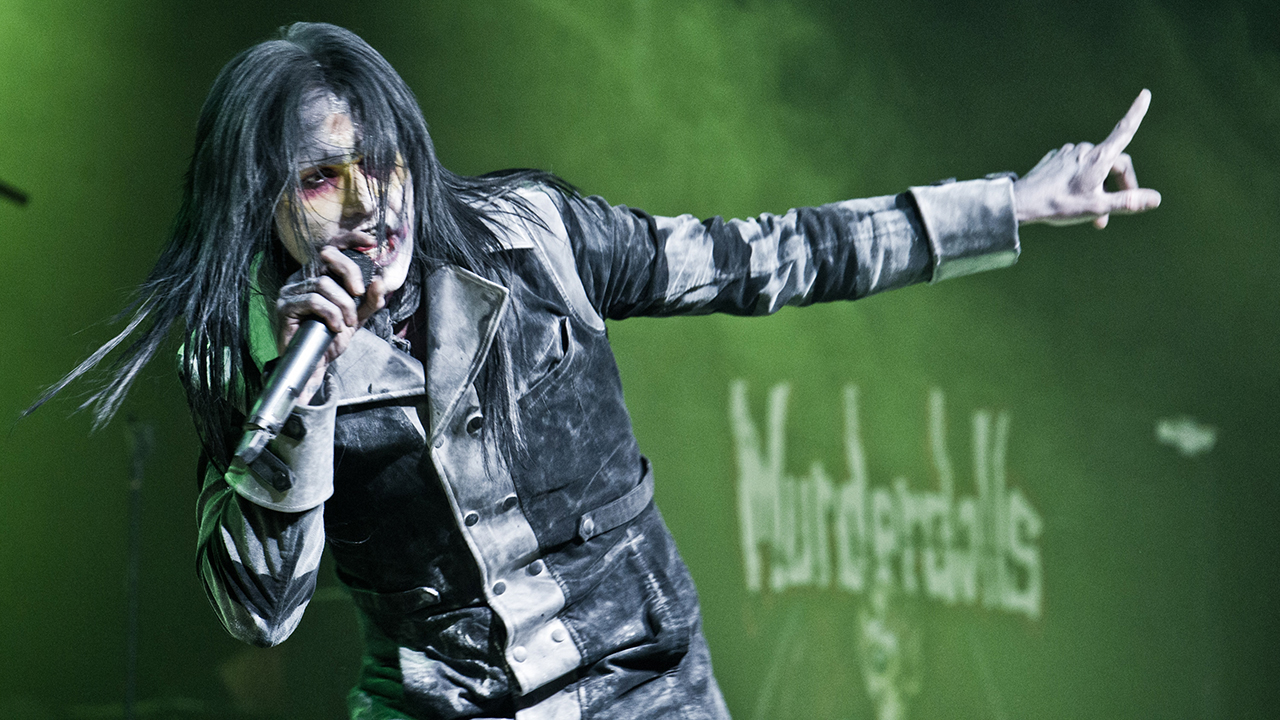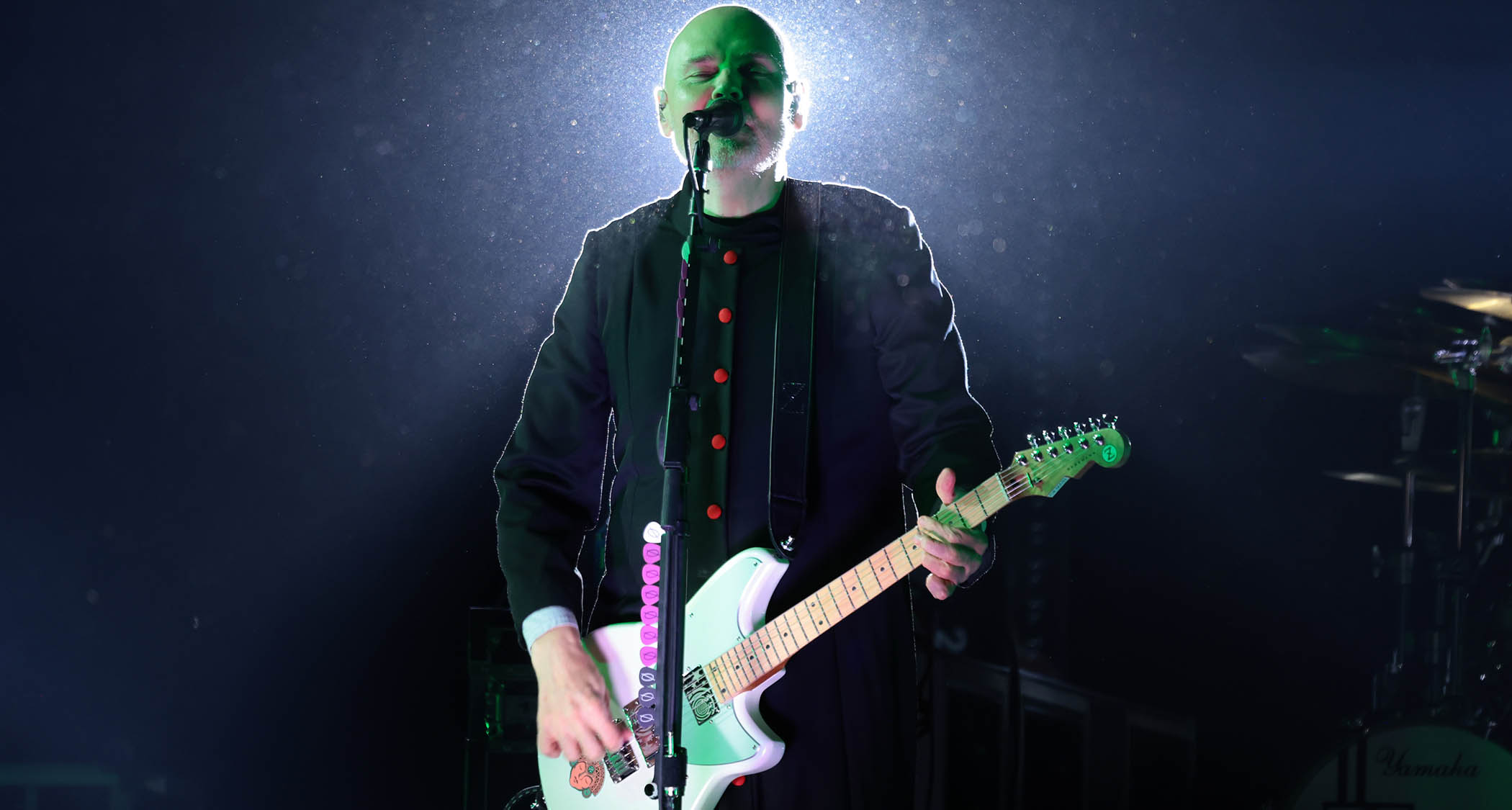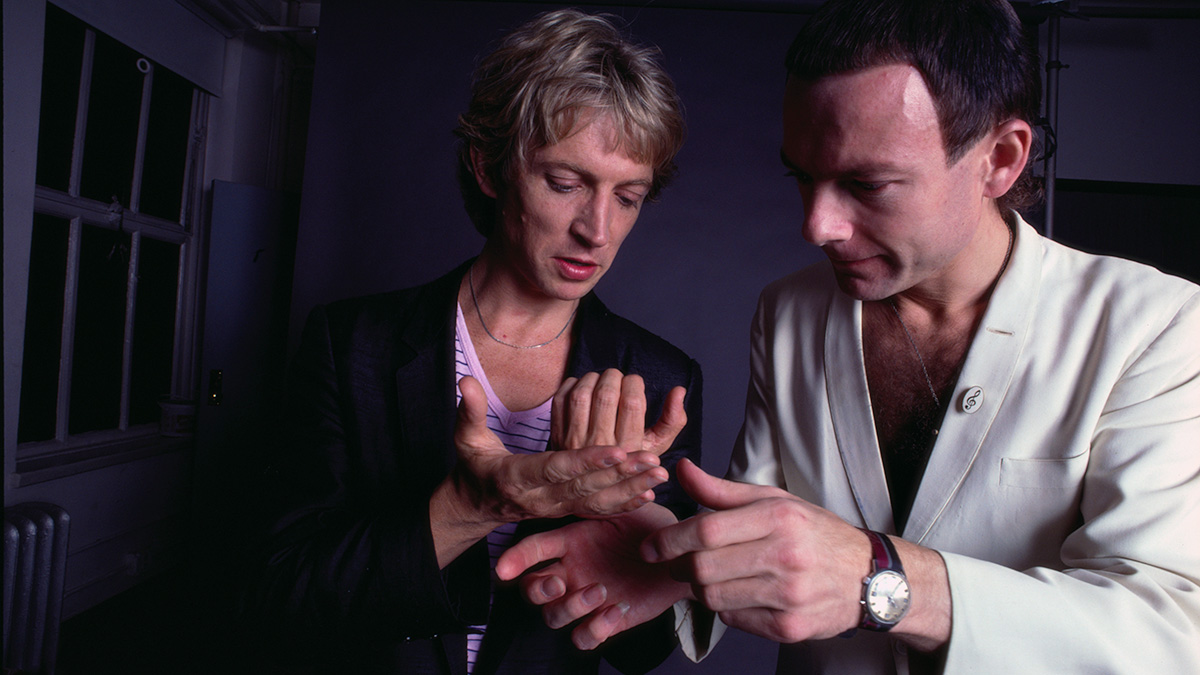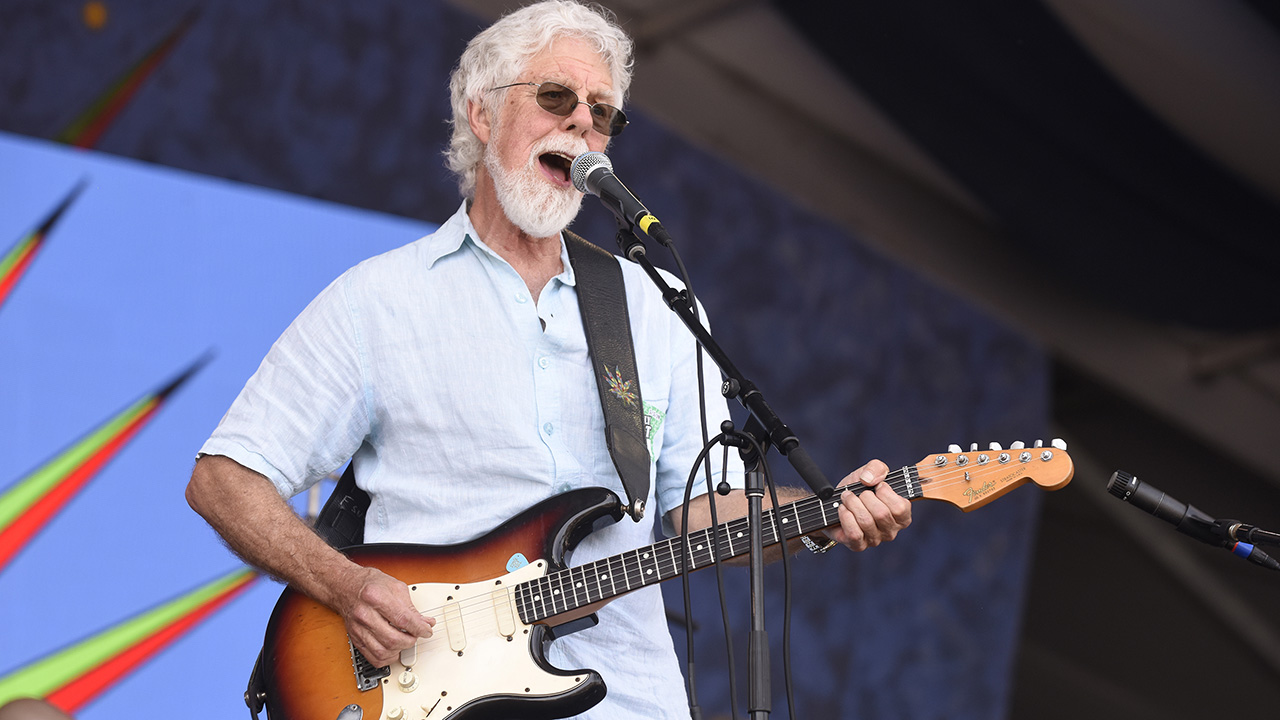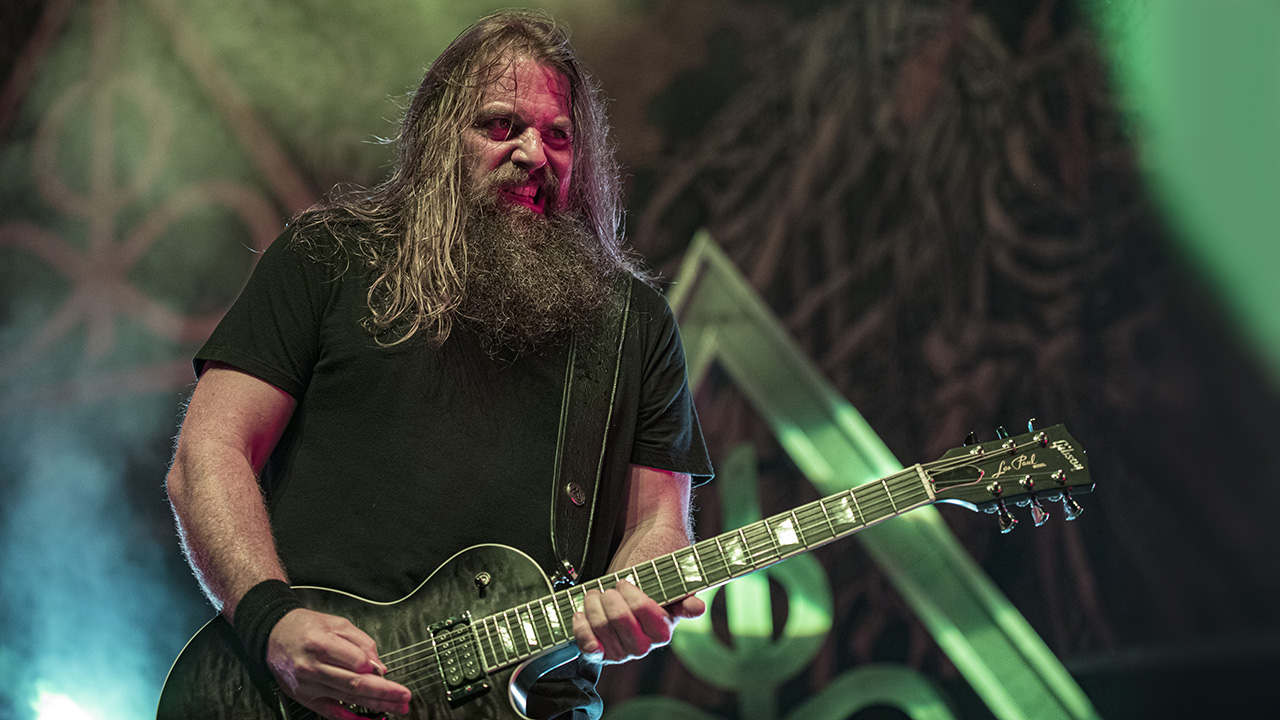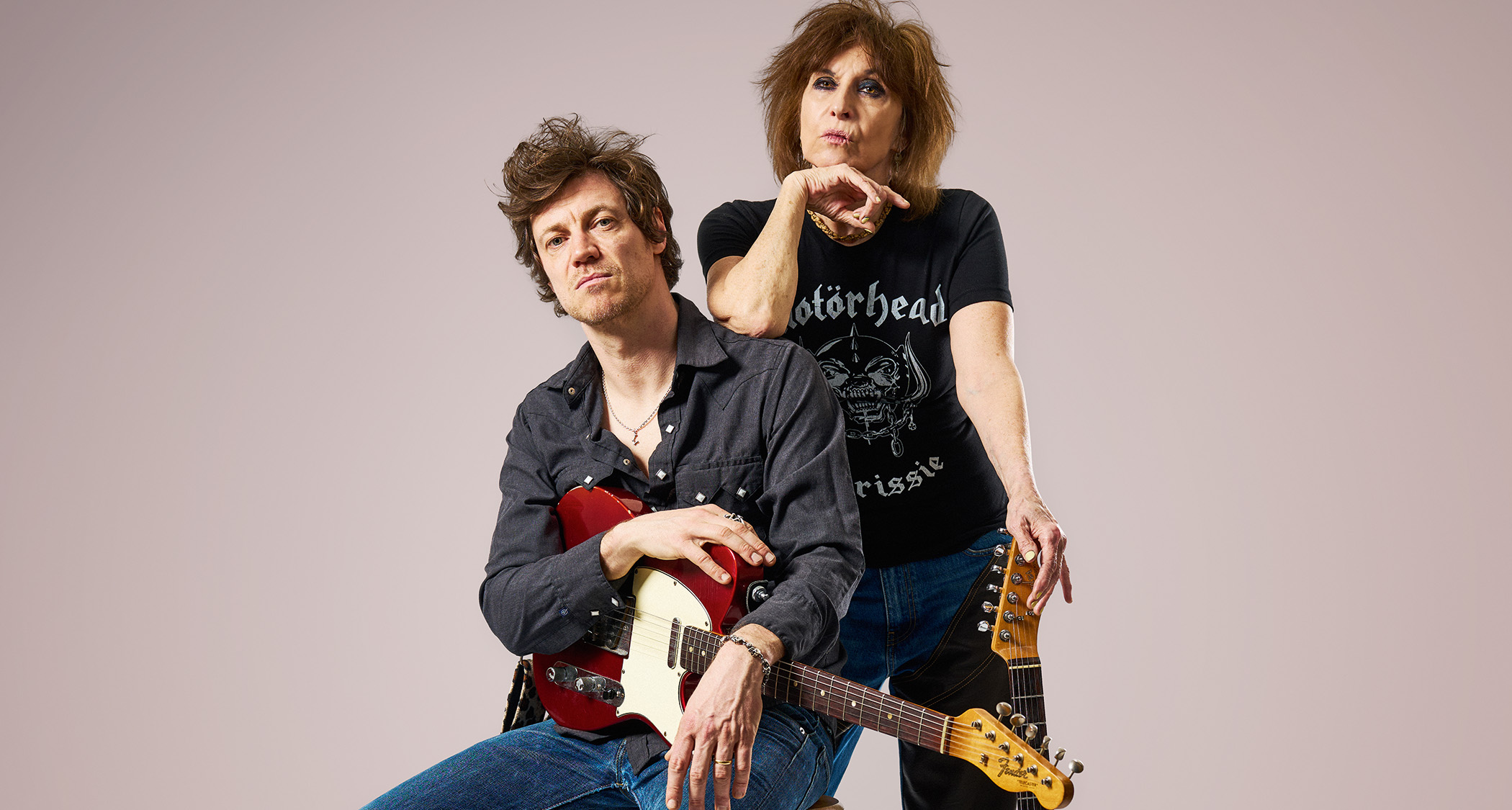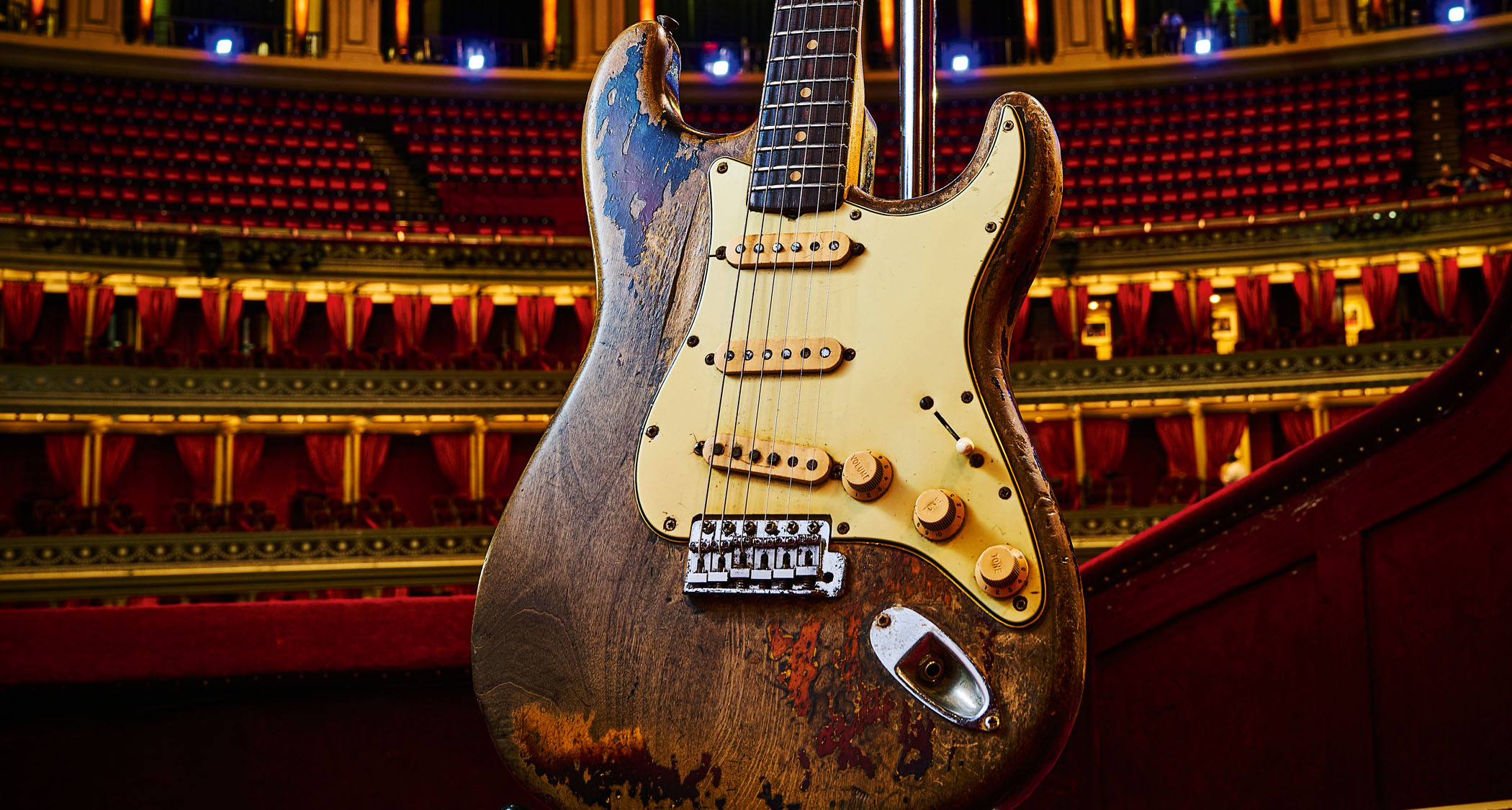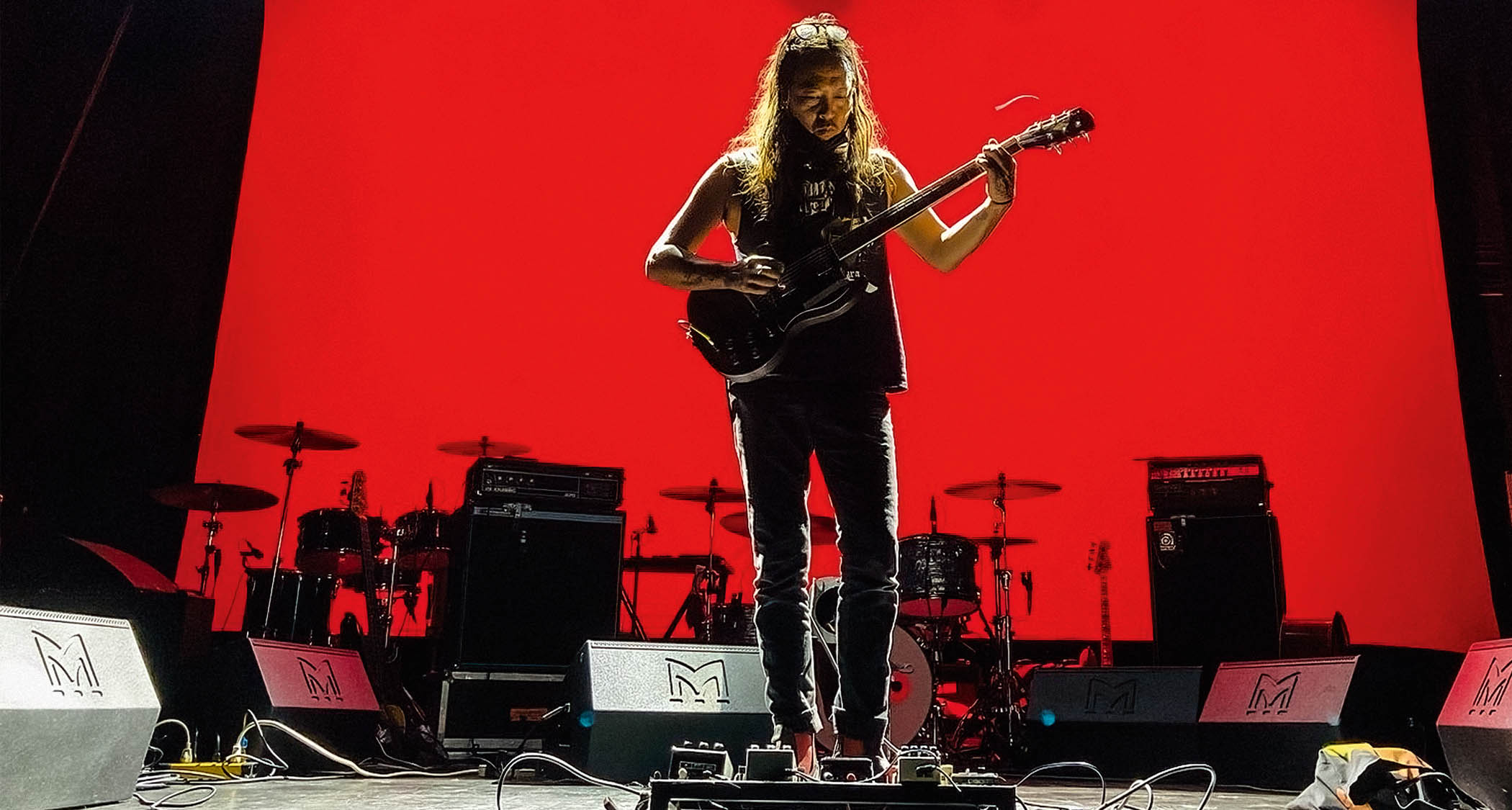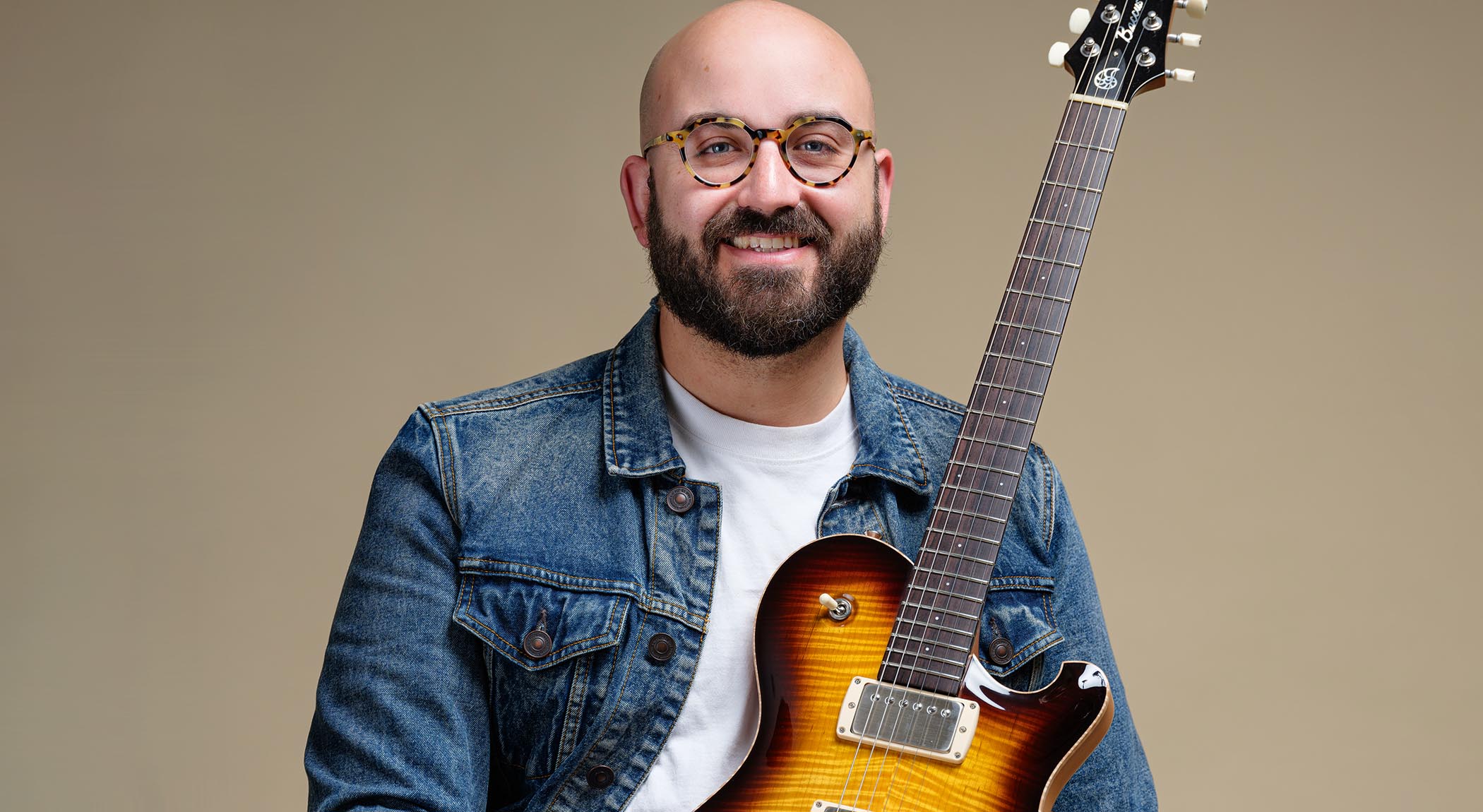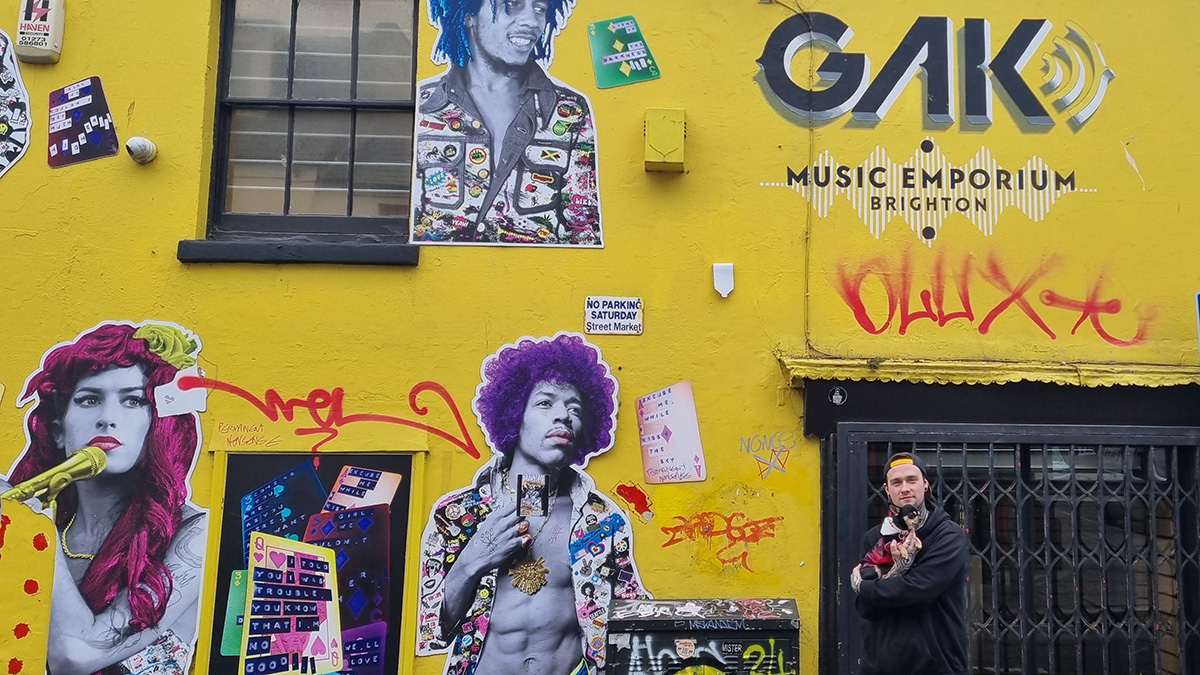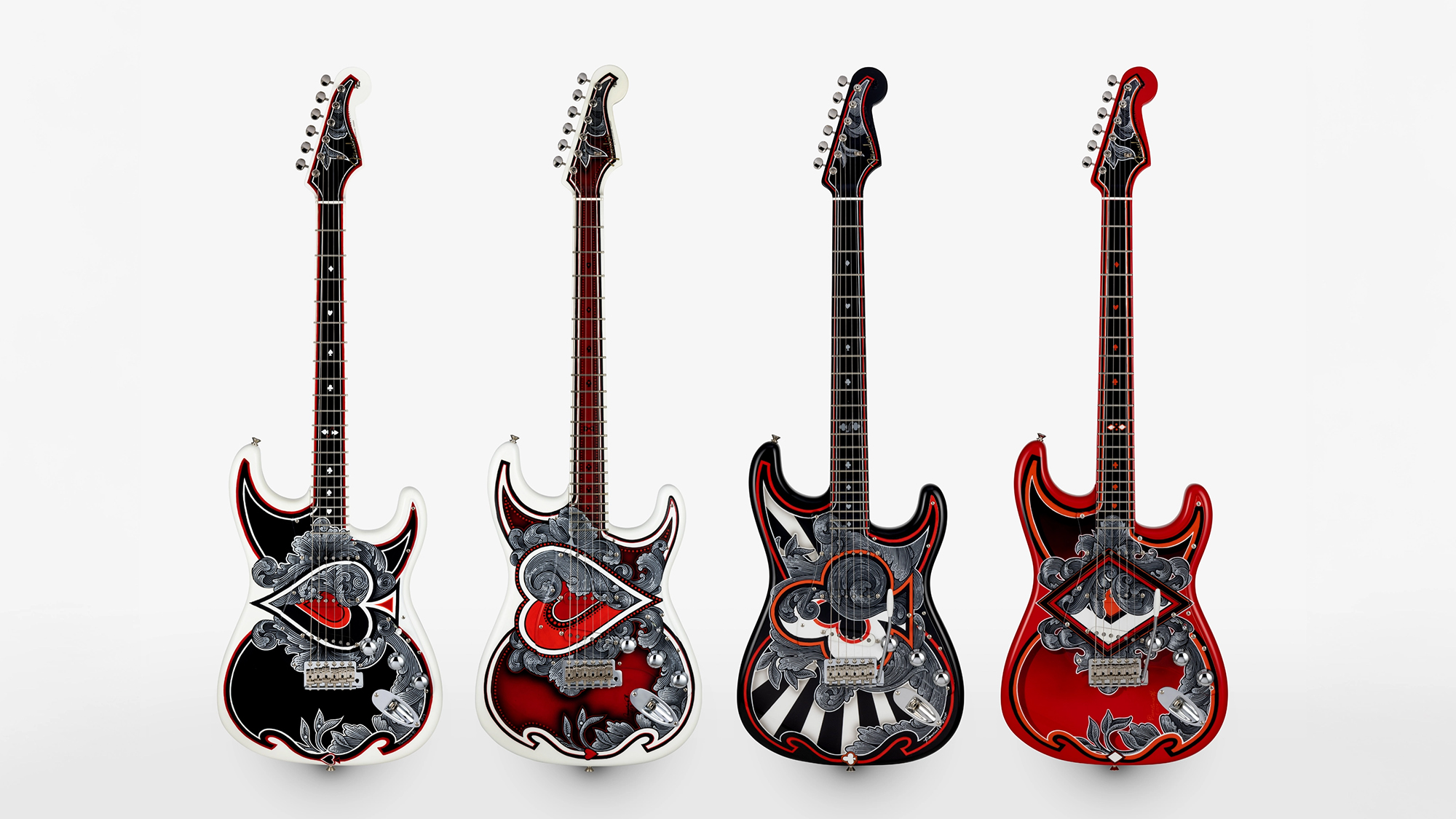Dear Guitar Hero: Richard Lloyd
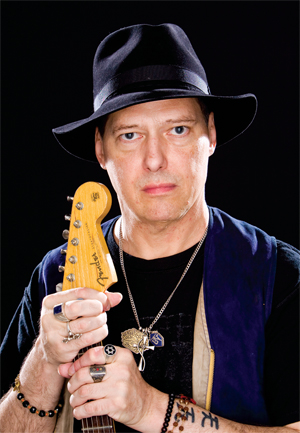
He’s a guitar iconoclast who knew Jimi Hendrix and, as a member of Television, helped create New York’s punk rock scene at CBGB. But what Guitar World readers really want to know is…
In Television, how did you and Tom Verlaine decide who was going to play what on guitar?—Justin Rollins
There were certain keys Tom liked to solo in, and certain keys he didn’t. So I would get those. But in the end, it worked out where we’d both get some of the keys we wanted. The other thing is, we would literally trade lead lines back and forth and see who came up with more interesting stuff. The great thing about Television is you really don’t know who is playing what. It’s like interlocking gears. I don’t think there’s been very much of that in rock and roll. There are two-guitar bands where they play in melodic thirds or fifths, like the Allman Brothers and Thin Lizzy. And plenty of bands where there’s one distinct rhythm guitar and one distinct lead guitar. Television broke all those rules. One of the reasons was that, while Tom was singing the verses, he’d generally take the easier chordal part, while I would play the melodies. And then when we got to the solo, maybe we’d switch off and he’d take the lead—or maybe not. On some songs we’d even flip back and forth. He’d play the solo one night and I’d play it the next night. There was a generosity between us, as well as a competitive spirit. So you didn’t know who was going to break out of the box. You didn’t know what to expect. That zigzag, interlocking-gear thing was something that nobody else had. Except for maybe the extremely early Rolling Stones, where you can’t tell Brian Jones from Keith Richards.
You just released The Jamie Neverts Story, on which you do your own take on Jimi Hendrix songs. Why do an album of Hendrix covers?—Bruce Portland
To me it was the payment of a debt. My best friend as a teenager was a guy named Velvert Turner, a skinny black kid from Brooklyn who was actually friends with Jimi Hendrix. Through him, I got to meet Hendrix and go to his shows. Velvert was also taking guitar lessons from Jimi.
When he left Jimi’s place on 12th Street in New York City, Velvert would come over to where I lived on Jane Street, just a few blocks away, and show me what Jimi had taught him. It was mostly stuff from the first two Hendrix albums. Electric Ladyland hadn’t come out yet. The first thing I think we learned was “Highway Chile,” which has those unison bends in the beginning. And “Wait Until Tomorrow,” trilling what I now know are triadal intervals. And then there was this time when we had to buy [the instruction book] The Mickey Baker Jazz Method. Jimi wanted us to learn all those chords and melodies in there. But even with all that, Jimi was so far ahead of us—like the wooden rabbit at a dog race. No matter how fast the dogs run, the wooden rabbit goes a little faster. But now, after 30 years, I feel like I’ve kinda caught up with the rabbit.
The liner notes to The Jamie Neverts Story say, “No Octavia, No Wa-Wa [sic] pedal, no feedback, nothing backwards.” How can you play Hendrix songs without those things?—Erik Allende
Get The Pick Newsletter
All the latest guitar news, interviews, lessons, reviews, deals and more, direct to your inbox!
When Hendrix made his records, all that stuff was brand new. Roger Mayer was literally building the effect pedals while Jimi was in the studio. They contributed to a sound that was really otherworldly and very original. But now you can go into any music store and buy the Hendrix wah, the Hendrix Fuzz Face…the whole Hendrix soundalike package. And, as far as I’m concerned, it only makes you sound like you want to sound like Jimi. It can’t make you sound like Jimi if you don’t play like him. I didn’t want to make a record that was gonna sound like karaoke. I wanted to make a bold statement: Look, I can do this without any rubbish lifting me up. I don’t need a fuzz box or a wah-wah pedal to lift me up, and I can still manage to get the vitality of the thing—capture the essence, but also the danger. I’m interested in the danger. That’s what rock and roll is.
Hey Richard, your tone is awesome. What do you like for amps these days?—Bill Schlindorf
For both the Hendrix record and The Radiant Monkey, which is my most recent album of original songs, I ended up using a Supro Thunderbolt, which I just fell in love with, and a Magnatone with two speakers: one is, like, eight or 10 inches and the other is, like, four inches. It’s got a real great vibrato. And the Supro sounds real rock and roll, but you don’t go, “Oh, it’s a Marshall” or “Oh, it’s a Vox.” It’s such a pure rock and roll tone that you can’t figure out what it is. You just say to yourself, “Jesus Christ, that’s got tone!”
How did you meet Matthew Sweet, and what’s it like to work with him?—Eddie Grove
Oh, I love Matthew. I’m on nine or 10 of his records. It all started because of a band called the Golden Palominos. It was a band that had revolving personnel based around the drummer Anton Fier. They were doing well because they had Michael Stipe singing on some of their stuff, and Matthew Sweet. Then one day Anton called me up and said, “Richard, my guitarist, Arto Lindsay, just quit, and I have these three shows over the weekend. Could you learn 17 songs in three days?” I said, “Anton, I cannot learn 17 songs in three days. But what I can do is promise that, if you restrict what I need to do to mostly leads, and you tell me what key the songs are in, no one will know the difference.” Which is exactly what happened. A couple of the songs were Matthew’s, and he loved what I was doing on them. So we became pen pals, because he was living in Princeton at the time and I’m in New York. So we sent postcards back and forth. And then when he did his album Earth, he called me in to do a couple of songs, and that started our working relationship. When he did his next album, Girlfriend, the same thing happened. I went on tour with him for a couple of years. But then Television got back together, and I had to withdraw from touring with him.
As a guitar teacher, what is the most common mistake you see people making?—Maya Rugsa
Thinking alphabetically. My curriculum is very pattern based, intervallic and degree based. The alphabet comes so far afterward. Using the alphabet in music was only made necessary by the invention of the harpsichord, piano and keyboard instruments. Because they’re fixed-key instruments, they had to name the keys somehow, and they used the letters of the alphabet.
But the guitar is based on a deeper, more ancient and more fundamental law: both the cycle of fourths and the cycle of fifths. So I guess the most common error is that guitarists who think they know something come in having learned from somebody who learned classical music on fixed-key instruments, such as a keyboard, and they’ll think alphabetically. I’ll say, “Play anywhere on the fretboard: 1, 2, 3, 4, 5, 6, 7.” And they’ll say, “Wait, that’s C, D, E, F, G…or is it D, E, F#....” Then they think twice. It’s much easier to transpose keys on a guitar than a piano, because the guitar adheres to the deepest laws of music, which is fourths and fifths, which is, a priori, the major scale. The guitar is, to put it mildly, one of the most mystical instruments on the face of the earth.
Do you keep in touch with many people from the glory days of CBGB?—Kenzie Burton
Oh, absolutely. For example, John Holmstrom from Punk magazine did the cover art for my album The Radiant Monkey. I still see lots of people from those days: photographers, musicians, artists, filmmakers… That was the great thing about that particular scene: the audience members were not just ordinary people. It was very much based around the Andy Warhol–type scene, where everyone was some kind of artist or creative person. But we were too young to have been in Warhol’s Silver Factory. We weren’t beatniks and we weren’t hippies. So what were we? And we found this place where we could be who we are without even labeling it. So yeah, I keep in touch with lots of people from back then. And I love them all.
“We both wanted to shred. Joey wanted to be as crazy on guitar as he was on drums”: Wednesday 13 on getting his guitar confidence back – with help from some heroes – and the Murderdolls future that never happened
“I still use the Strat and Big Muff sound here and there for overdubs, but when I watched Eddie Van Halen play 3 feet in front of me, I learned that it’s about the hands”: Billy Corgan on critics, tone secrets, and how he keeps Smashing Pumpkins fresh
